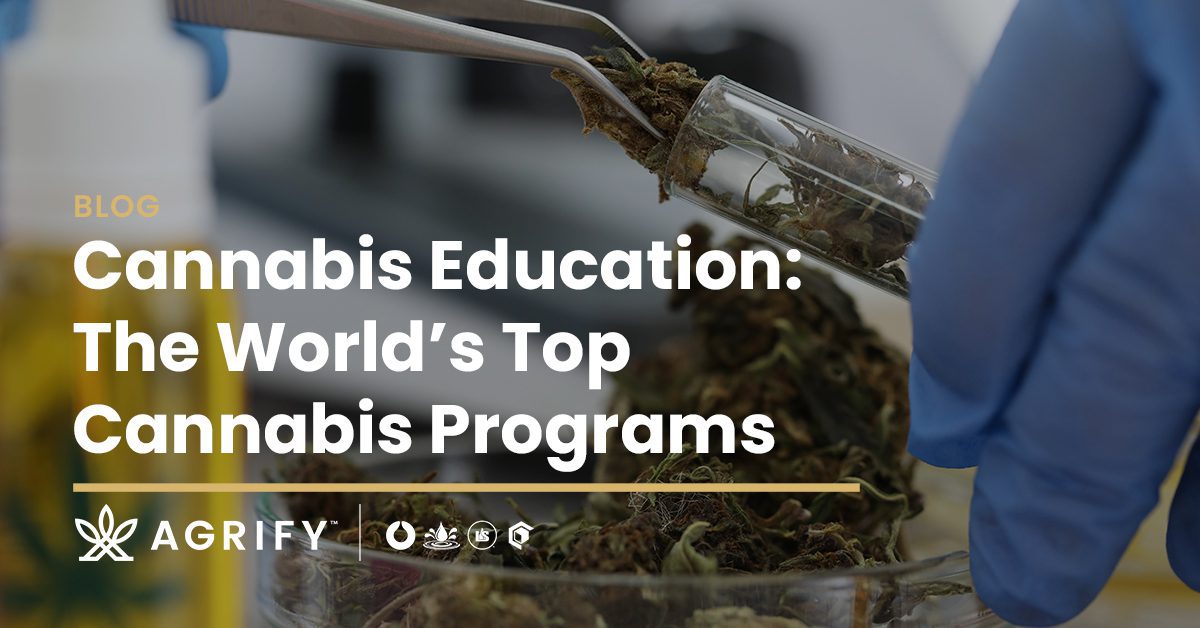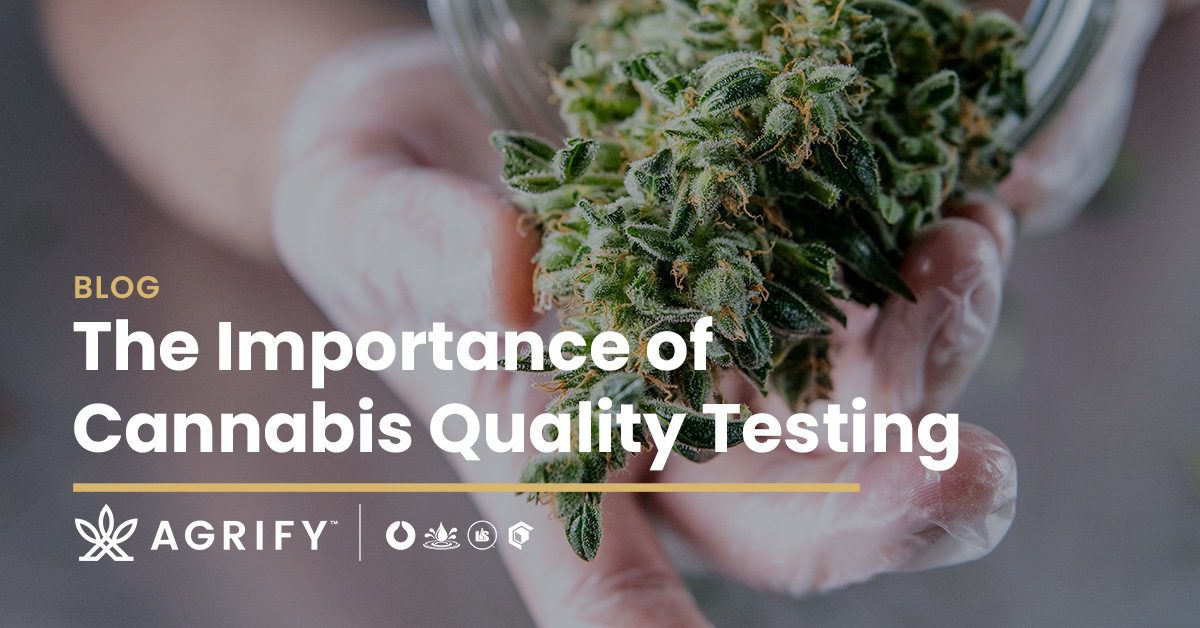
What are Trichomes? Why does Trichome size matter?
Trichomes are arguably the most important part of the cannabis plant. The resin glands of the plant, trichomes contain the cannabinoids and terpenes that can then be processed.
Of the trichomes sought after for solventless processing, bulbous trichomes are the smallest trichomes; capitate-sessile are slightly larger; and capitate-stalked many times larger than sessile. As the largest, the large heads of capitate-stalked trichomes yield the greatest amount of cannabinoids and terpenes of the three and are of particular note to cultivators and extractors.

With an increased market demand for hash-based products comes the desire for bigger trichome heads and more potent glands. By increasing the size of the trichome heads on certain cultivars, growers can increase the amount of cannabinoids and terpenes harvested from a single plant, ultimately resulting in greater yields. Therefore, breeding cannabis strains with larger trichome heads specifically for solventless processing is an ongoing focus for cultivators. But what’s the impact of this on extraction?
The Impact on Solventless Extraction
Once cannabis is harvested, one of the best ways to preserve the terpenes and “live” essence in trichomes is to immediately freeze the flowers, giving you fresh frozen cannabis. From here, there are multiple ways to extract, but solventless extraction results in the highest quality product and best preserves the flavor profile.

The most popular, primary method of solventless processing is ice water extraction. Here, fresh frozen cannabis is agitated with ice and water, separating the trichomes, which sink to the bottom of the vessel. This mixture is poured through micron mesh bags to filter out the trichomes. But, with larger trichome heads, the worry is that the mesh size on most wash liners isn’t big enough to allow these larger heads to pass through, ultimately resulting in missed yields.
Innovations
Due to reporting from clients of larger trichome heads, PurePressure has developed a 300µm Bruteless™ Hash Wash Liner, the first of its size on the market. Before this innovation, any trichome head larger than 220µm would be trapped with the spent material inside the hash washing liner. Early testers observed an increase in yields when filtering with these liners. Mikkey at Rubicon Organics in Canada found a 10-15 percent increase for 120-160µm trichome heads and 30 percent more for those sized 160µm. These findings have been supported by other industry testers and indicate that utilizing these 220µm larger mesh wash liners for cannabis strains with bigger trichome heads could result in as much as a 20 percent increase in yield.

Comparing Bruteless™ Hash Wash Liners 220µm (left) and 300µm (right).
The increasing use of solventless extraction is driving innovations. At PurePressure, developments in extraction equipment are done with the operator in mind to increase efficiencies, ergonomics, yield, and return on investment.
Vessel shakers are one such example of equipment developed to aid hash washing. During the filtration stage of hash washing, bags become blinded or blocked, forcing the operator to manually shake the vessel to clear them. However, by adding a vessel shaker or vibrator, such as the Axis Pulse, operators can automate the shaking, freeing them up and increasing efficiency.
The Future
For a long time, cultivators haven’t been able to keep notes, collaborate, or take advantage of technology due to the clandestine nature of cannabis. As cannabis continues to emerge from the shadows, selective breeding, marker-assisted selection, and directive breeding programs will become more widespread, leading to new strains and changes in how cultivators and extractors need to approach their operations. From thinner cuticles to a smaller stalk-to-gland ratio, cannabis breeders will continue to work to increase yields and potencies, and, as a result, agile extractors will continue to innovate.
As research and development continues, education is key. Historically having been forced into the shadows limited not just the ability to do research, but the avenues to share data and information. With the increasing demand for solventless extraction comes the need for education. From hands on trainings and video workshops to consulting with an expert while setting up a lab, education will not only improve how solventless operations function, but the quality of products they create.
The roles of cultivators, extractors, and extraction engineers are interconnected and, as such, will continue to influence each other’s innovations and research. To learn more about solventless extraction innovation and education, reach out to an expert today.









